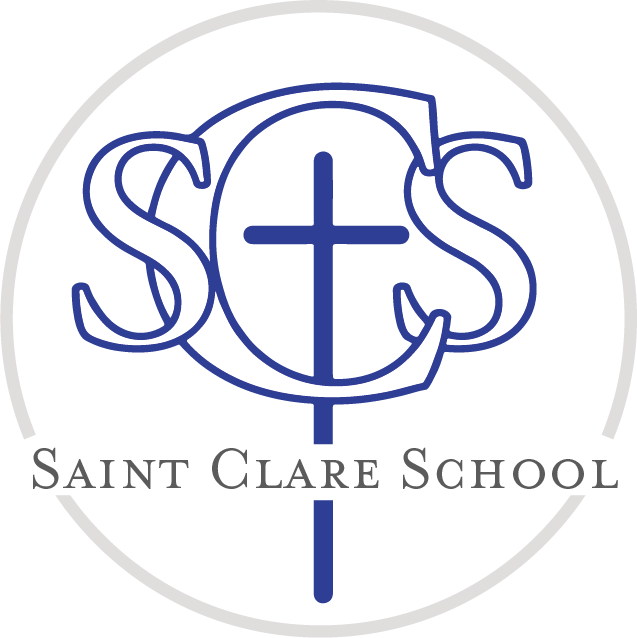SCS Action Plan:
Students with Food Allergies
Goal: The school community works together to keep children safe.
“A collaborative partnership between school and family is the best way to prevent exposure to specific allergens and to help children make the transition between a safe home environment and school.”
Activity
Teachers review Emergency Binder & identify students with allergies
Teachers/staff communicate with students’ parents/guardians when necessary
Teachers/staff have Epi-Pen/medication for identified students with allergies
Administration schedules training with certified instructor
Administration provides resources to teacher: handouts
Label lunch/snack tables & desks with “allergy alert” signs
Display posters
Teachers provide educational opportunities for students on a regular basis: washing of hands, cleaning of desktops, no sharing/swapping of food/drinks
Teachers will provide non-edible items, birthdays and holiday projects must use
Cost or Resources & Sources
Certified Instructor
Posters
Signs
Binders
Handouts
Person(s) Responsible For Implementation
School administration, faculty & staff, students, & parents
Process for Monitoring
Parents are encouraged to send “safe snacks” & lunches for their child
Faculty/staff read all labels (if school provides the food/drinks)
Teacher observation of increased awareness in students
Feedback from administration, teachers, and parents
Ongoing Assessment
Student, Parent, teacher, staff feedback
Timeline Start/Stop
Ongoing
Process for Communicating
E-mails, faculty meetings, parent notes
RELATED LINKS
Food Allergy and Anaphylaxis Emergency Care Plan from the Food Allergy Research and Education website
The CDC Voluntary Guidelines for Managing Food Allergies from the Food Allergy Research and Education website
